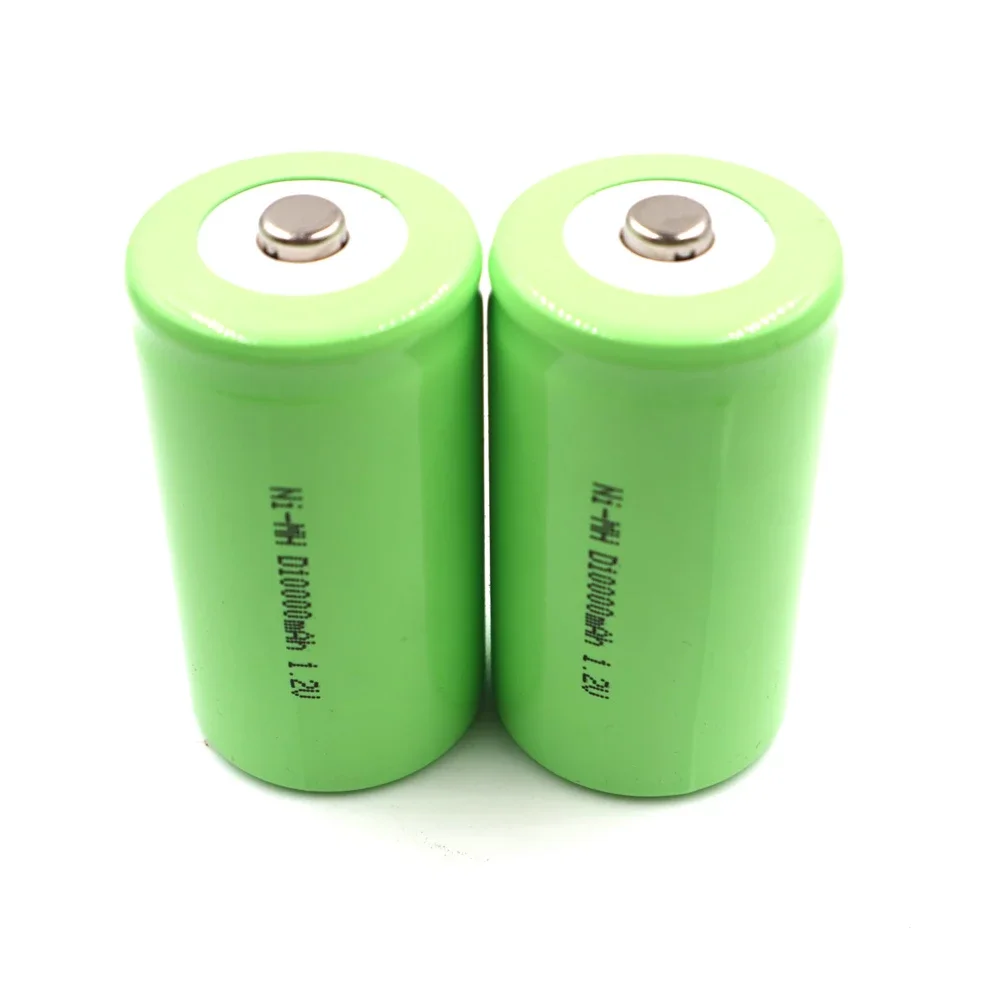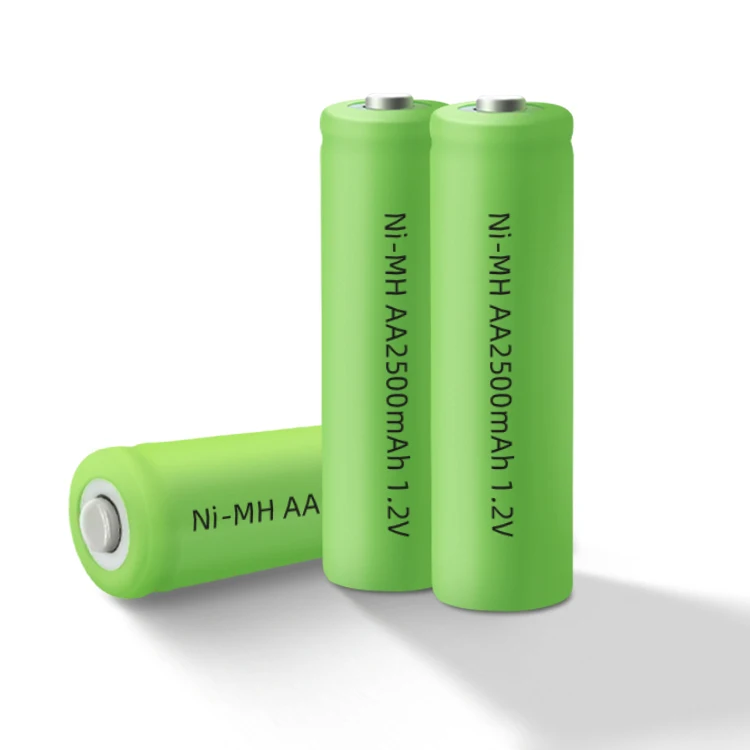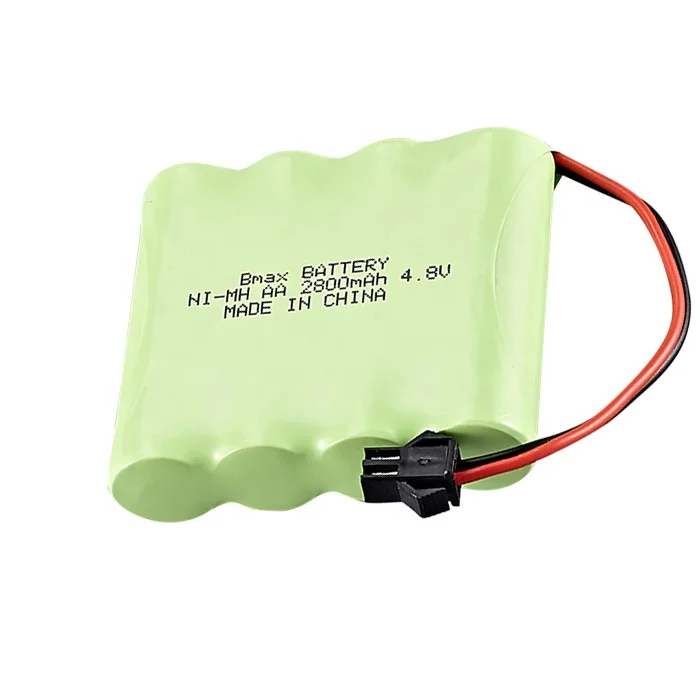Introduction:
Nickel-metal hydride (NiMH) batteries are versatile and reliable power sources used in a wide range of applications, from portable electronics to electric vehicles. To unlock their full potential and ensure optimal performance and longevity, it’s crucial to understand the best practices for charging NiMH batteries. In this comprehensive guide, we’ll explore the intricacies of NiMH battery charging, delve into the key factors that influence charging efficiency and battery health, and provide actionable tips for maximizing performance and lifespan.
Understanding NiMH Battery Charging:
Charging NiMH batteries involves replenishing their stored energy by applying an external electrical current. Unlike disposable batteries, which are discarded after use, NiMH batteries can be recharged multiple times, making them a cost-effective and environmentally friendly option. However, proper charging techniques are essential to maintain battery health and performance over time.
The charging process for NiMH batteries typically involves the following steps:
- Initialization: The charging process begins with the insertion of NiMH batteries into a compatible charger. Modern chargers often feature automatic detection and initialization functions, which identify the battery chemistry and adjust the charging parameters accordingly.
- Charging Current: Once initialized, the charger delivers a controlled charging current to the NiMH batteries. The charging current is typically expressed as a fraction of the battery’s capacity (e.g., C/10, where C represents the battery’s capacity in ampere-hours). Charging at a lower current rate helps prevent overheating and ensures a more gradual and uniform charging process.
- Voltage Regulation: As the NiMH batteries charge, their voltage gradually increases. The charger continuously monitors the battery voltage and adjusts the charging current to maintain a constant voltage level, preventing overcharging and ensuring optimal charging efficiency.
- Charge Termination: Once the NiMH batteries reach full capacity, the charger terminates the charging process to prevent overcharging. Modern chargers use various termination methods, including delta-V (voltage change), temperature sensing, and timer-based cutoff, to determine when to stop charging and prevent damage to the batteries.
Key Factors Influencing NiMH Battery Charging:
Several factors influence the efficiency and effectiveness of NiMH battery charging:
- Charging Current: The charging current plays a critical role in determining the speed and efficiency of NiMH battery charging. Charging at a lower current rate (e.g., C/10 or lower) helps minimize heat generation, reduce the risk of overcharging, and prolong battery lifespan.
- Temperature Control: Temperature management is essential during NiMH battery charging to prevent overheating and ensure safe and efficient charging. Chargers with temperature sensors and thermal management mechanisms help monitor and regulate battery temperature, minimizing the risk of damage and optimizing charging performance.
- Charge Rate: The charge rate, expressed as a fraction of the battery’s capacity (C), determines how quickly NiMH batteries can be charged without compromising safety and longevity. Slow charging (e.g., C/10) is preferred for NiMH batteries to minimize stress on the electrodes and electrolyte.
- Charging Algorithm: The charging algorithm implemented by the charger plays a crucial role in determining charging efficiency and battery health. Sophisticated charging algorithms adjust the charging current and voltage dynamically based on battery characteristics and environmental conditions, ensuring optimal charging performance.
Best Practices for Charging NiMH Batteries:
To maximize the performance and longevity of NiMH batteries, consider the following best practices for charging:
- Use a Compatible Charger: Use a charger specifically designed for NiMH batteries and compatible with their charging requirements. Avoid using chargers intended for other battery chemistries, as they may not provide optimal charging conditions for NiMH batteries.
- Charge at a Low Current Rate: Charge NiMH batteries at a low current rate (e.g., C/10 or lower) to minimize heat generation, reduce the risk of overcharging, and prolong battery lifespan. Slow charging helps ensure a more gradual and uniform charging process, optimizing battery health and performance.
- Monitor Battery Temperature: Pay attention to battery temperature during charging and ensure it remains within safe limits. If the battery becomes excessively hot, stop charging immediately and allow it to cool down before resuming charging to prevent damage.
- Follow Manufacturer Recommendations: Consult the manufacturer’s guidelines and recommendations for charging NiMH batteries. Follow recommended charging currents, voltage limits, and charging durations to ensure safe and efficient charging.
- Avoid Overcharging and Undercharging: Avoid overcharging NiMH batteries by using chargers with built-in safeguards to terminate charging once the batteries reach full capacity. Similarly, avoid undercharging by ensuring that the batteries are charged to their full capacity before use to maximize performance and runtime.
Conclusion:
In conclusion, mastering NiMH battery charging is essential for maximizing performance, longevity, and safety. By understanding the charging process, key factors influencing charging efficiency, and best practices for charging NiMH batteries, users can optimize battery health and performance for a wide range of applications.
Whether powering consumer electronics, power tools, or renewable energy systems, NiMH batteries can provide reliable and efficient power with proper care and charging. By following best practices for charging NiMH batteries, users can enjoy the benefits of rechargeable batteries while minimizing the risk of damage and ensuring long-term usability.


